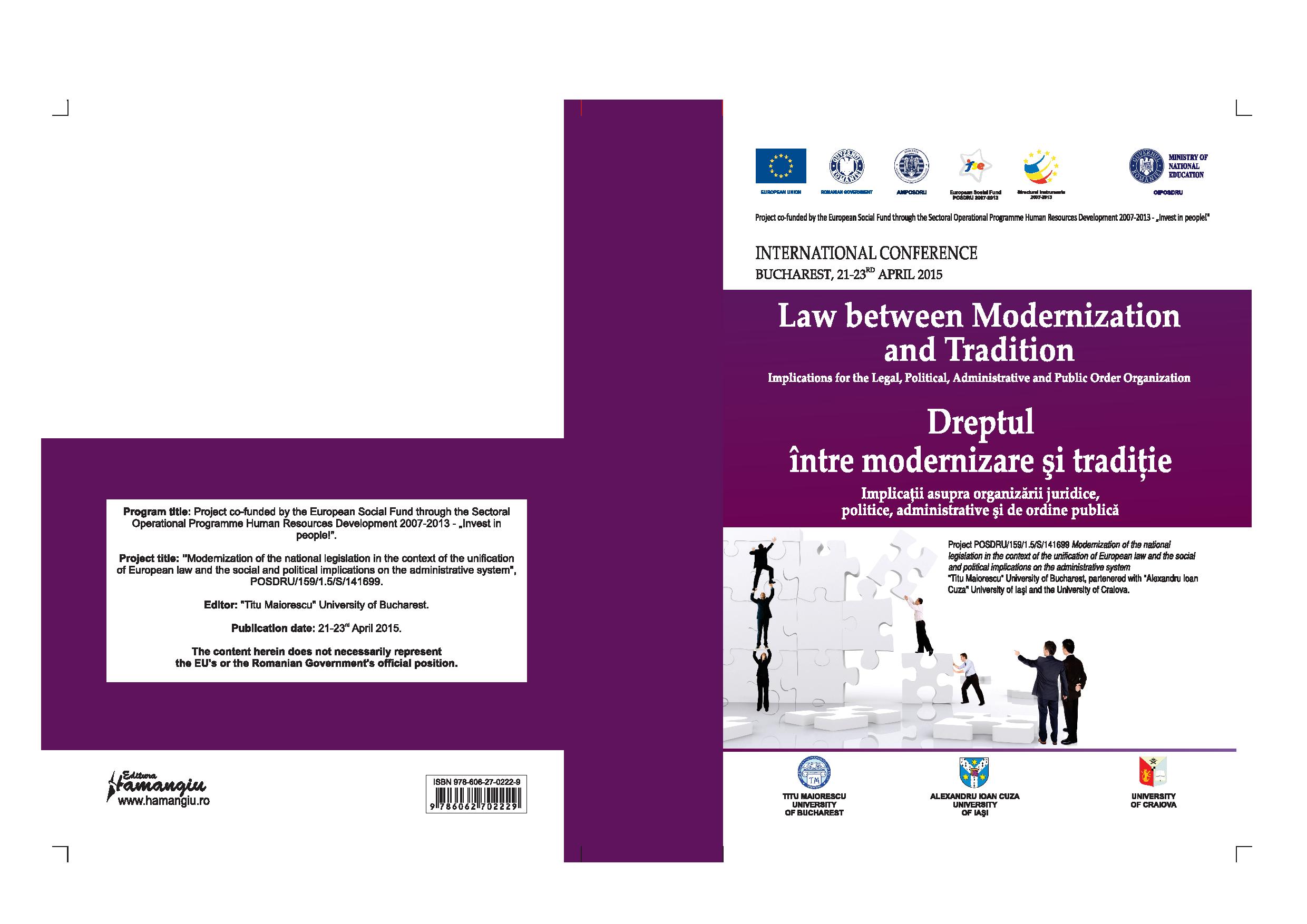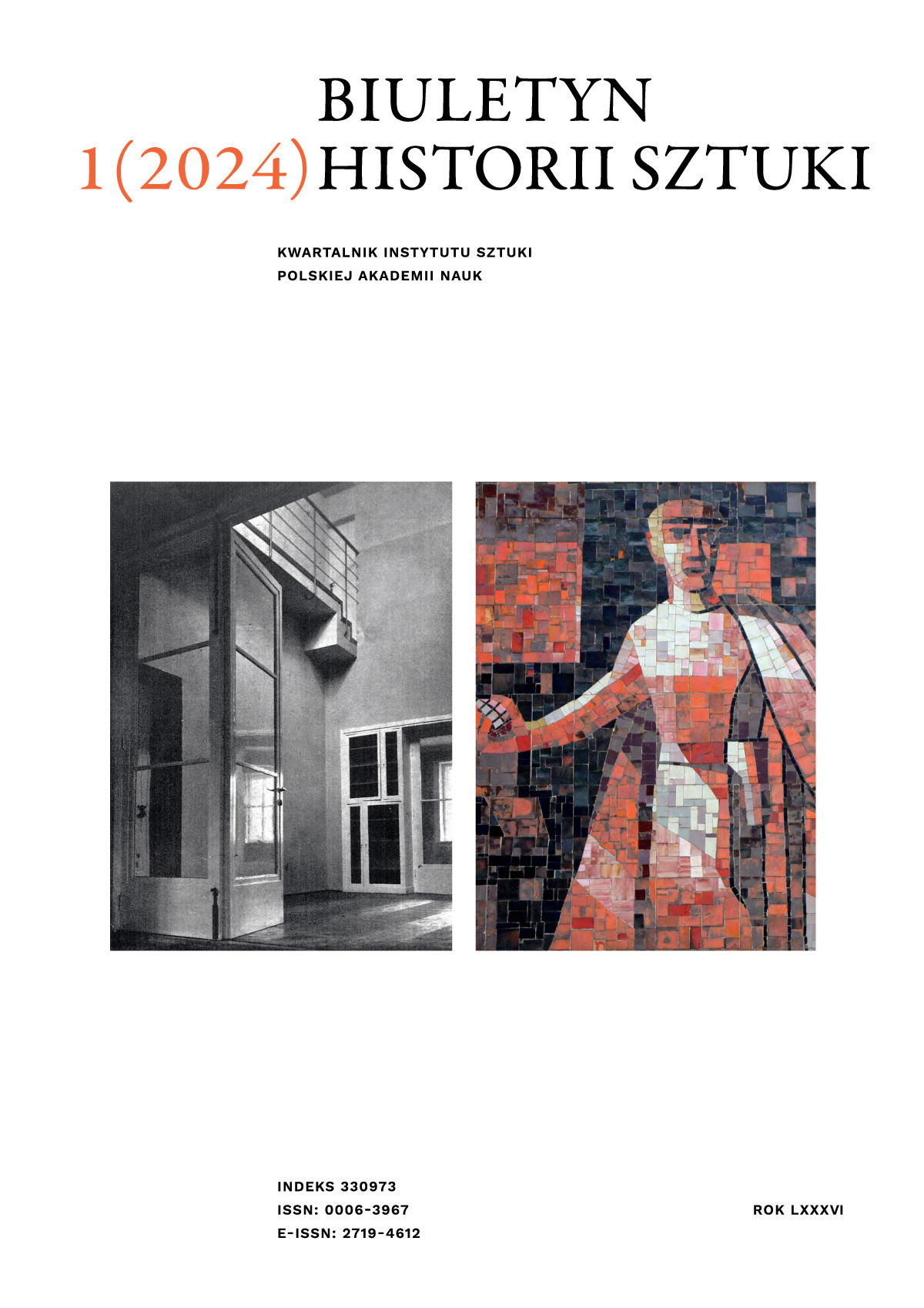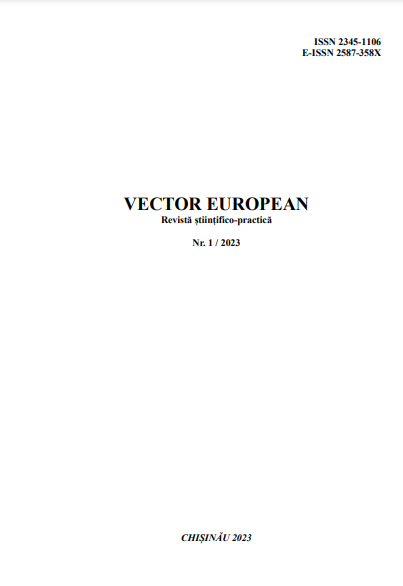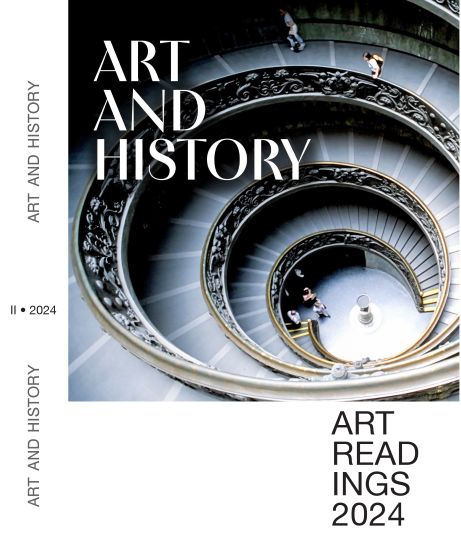
“A PINING LILY OF THE CLIFF”
“A PINING LILY OF THE CLIFF”
The Furniture Designers of Hungarian Art Nouveau
More...
The Furniture Designers of Hungarian Art Nouveau
More...
Keywords: film;animated film;design;art;modernism;modernity;Torill Kove;childhood;family;bicycle;furniture;chair;Scandinavia;Norway;Denmark;Adam Trwoga
The article discusses the criticism of modernist design contained into Torill Kove’s autobiographical film Me and My Moulton (Canada/Norway 2014), which takes place in the provincial Norwegian town of Hamar in 1965. The director’s parents were architects with very specific, “modern” tastes, and the interior design of the flats of the film’s protagonists looks akin to an exhibition of Scandinavian design. In addition to the Moulton bicycle (a UK designer folding model) mentioned in the title, a symbol of the mismatch between the parents’ aesthetics and their children is Arne Jacobsen’s famous Ant three-legged chair, from which their little girls are constantly falling during meals.
More...
Keywords: Cluster; Competitiveness; Entrepreneurship; Innovation; Investments
Clusters are groupings of interconnected or complementary companies in terms of innovation, design, quality, marketing and others, making joint efforts for entrepreneurial activity and development of technologies, infrastructure, investments, etc. Things that would hardly be achieved by an independent firm for carrying out a competitive production.
More...
Before Turning into Ashes: Karen Ryan’s Recycled Furniture
More...
Keywords: spouse; inheritance; special right; assets of succession; capacity;
The surviving spouse is not included in any class of legal inheritors, as he is not a relative of the deceased due to the relations of affection between spouses. The law acknowledges nevertheless to the surviving spouse a right to legal inheritance and grants him/her the vocation of a legal successor regardless of the category of inheritors along with whom one co-inherits; this doesn’t exclude and is not excluded by any category of inheritors.By studying this special right of the surviving spouse, we shall analyse the shares passing to the surviving spouse on the furniture and objects of the household if the spouse co-inherits along with the descendents. By this scientific approach we shall point to the categories of assets included by the legislator, but also to how the doctrine interpreted the notion of “furniture and objects of the household”.This special right of the surviving spouse is of nature of increasing his part of the assets of the succession if the spouse co-inherits along with category II, III and IV inheritors, but also to keep the comfort by maintaining the same living conditions the spouse had alongside the deceased.
More...
Keywords: Psychomotor development; body posture; school furniture; balance exercises
Development of children and youth during ontogenesis occurs in various spheres and at different rate. Learning about the rules that regulate this development and opportunities for positive stimulation that result from this knowledge are subject of research and investigation for representatives of both, science and practice. Stimulation of development of children and youth in school age, primarily pre‑school and early school, deserves special attention. The proposed two‑aspect solution involves:– use of special set of school furniture “Kivak” during school education period,– performing balance exercises with the furniture set.The described possibilities may positive influence not only children’s body posture (through developing the balance habit) but also development of other features such as, among others, coordination, attention, concentration, precision of moves and senses like sight and hearing.
More...Keywords: market demand; forecast methods;
The article deals with the theoretical aspects of the market demand method selection criteria and their application in practice. As the definition of market demand and conditions is related to the achievement of important general strategic decisions and consumers’ behaviour on the competitive market, the accurate identification of the market demand method selection criteria and their application can reduce decision indefiniteness. Hence, the main aim of the article is to analyse market demand forecast method selection criteria, and apply them in developing Lithuanian furniture demand forecast. The theoretical part of the article starts with the analysis of the forecast method reasoning and forecast method classification under various economic literature criteria. The analysis of the main forecast method groups disclosed that it was rather difficult to determine the advantage of any method in forecast estimation, whereas, always the risk of the wrong method selection remained. It was determined that usually unanimous authors’ opinion on the complex application of quantitative and qualitative forecast methods differed in two aspects: one group of researchers supported the priority of quantitative forecast methods by using qualitative forecast methods as an auxiliary or alternative means, while the other group of authors stated that equal application of both types of forecast methods guaranteed higher reliability and carried more information. Quite often any market demand forecast encounters the relevant forecast method selection problem. It should be noted that there are advantages and disadvantages of the forecast method selection in every case; therefore, the analysis and differentiation of the main forecast method selection criteria is expedient. The selection of the forecast method should be based on several criteria taking into account the applicability of the forecast method complexity, i.e., forecast accuracy level, period of time, the scope of initial data, forecast costs, and the level of result appropriateness and applicability. The article deals with the research related to the selection of the forecast method for the Lithuanian furniture industry to define the furniture demand forecast for 2007. The object of research is furniture sales on the national market that reflect the solvent part of the furniture demand. The comparison of the forecast accuracy assessment indicators that were estimated by using different forecast methods indicate that the lowest furniture sales forecast error values were achieved by applying exponential smoothing method where &=0.3: forecast error value (et = 77.19) demonstrated the smallest difference between furniture sales forecast and fact, mean absolute percentage error (MAPE = 8.29 proc.) indicated high forecast accuracy, and mean percentage error (MPE = 8.29 proc.) described small positive forecast deviation. In order to achieve the qualitative forecast assessment, forecast reliability intervals were calculated where criterion z = 1.960. The results allow to assume that furniture sales forecast for 2008 with 95 per cent probability can vary from LTL, 844.64 mio. to LTL, 1147.20 mio.
More...
Keywords: Choice; Consumer Behaviour; Context Effects; Generations;
The older consumers tend to be usually portrayed as easily manipulated and harmed by various scams but at the same time, the scientific literature brings evidence that older citizens are often more resistant to social or consumer influence than younger ones, with some studies reporting seniors do achieve a superior performance in decision-making tasks involving decoys as compared to the university students. This paper shifts the focus from undergraduate students and seniors and explores the possible differences in choices for washing machines and food processors among four generations (Boomers, Generation X, Millennials, Generation Z) in presence of decoy, and compromise effect. The analysis of choices in 2-item and 3-item condition is based on the data obtained in an online survey experiment with 420 Czech respondents between ages 18 and 64. The results show that there were no significant differences in choices between the generations when it came to the decoy effect. For the compromise effect, members of Millennials and Generation X showed positive preference for the middle, compromise option after the extreme decoy was added to the choice set.
More...
Keywords: internationalization of enterprises;marketing strategies;formation of the company's expansion strategy on foreign markets;enterprise development;market management
This paper addresses the problem of forming a company's expansion strategy in foreign markets – for example, a Polish furniture manufacturing company. Therefore, it is undertaken to characterize the furniture market in Poland and describe the expansion method of a selected Polish furniture company. Included are such elements as the motives for internationalization of the company, methods of evaluation and selection of foreign markets, forms of expansion into international markets, and methods of determining the effects of the company's activities in foreign markets. Given the above problem, it will be explained by available secondary sources from the furniture industry and own research with a representative of a home furniture manufacturing company in Northern Poland
More...
Keywords: product name; concept
One of the main functions of the names is to create an identity, to make a differentiation and to give a sense of uniqueness. A similar impulse makes the founder of the company Ikea, Ingvar Kamprad, to name each of his products mainly with Swedish names. For this reason the variety of product names in Ikea cannot be considered outside the “Ikea concept”. To understand the answers to the questions Why the products have names? What is the principle of their choice? How often do they change? the reader should get acquainted with the philosophy of the company presented in nine points in the will of its founder. This article is a part of the thesis “The Product Names of Ikea – A Tradition in Development, Onomastic Research.“
More...
Keywords: traditional Korean house; Animal motifs;
More...
Keywords: transforming furniture; historical furniture prototypes; transformation systems; conceptual design;
The purpose of the article is to identify the main concepts of creating futuristic transforming furniture of the first half of the 20th century and to determine their influence on contemporary design practice. The research methodology is based on a historical and comparative analysis of the design of futuristic transformer projects of the first half of the 20th century and their comparison with modern design solutions. This allowed the authors to identify the influence of new ideas on the further development of furniture design and outline the features of forming a small-sized residential object-spatial environment. The study also used such theoretical methods of cognition as analysis, comparison, abstraction, and generalisation. The methods of analysis and comparison of the features of structural elements and characteristic features of the formation of futuristic transformer objects of the specified historical period allowed identifying the leading concepts of their creation. The methods of abstraction and generalisation were used to summarise the results of the work. The scientific novelty of the work lies in identifying the prerequisites for the emergence of multifunctional transforming furniture in European countries in the first half of the 20th century, highlighting the concepts of creating transforming objects and outlining the impact of these predictive developments on modern furniture design. Conclusions. The study has revealed that the leading concepts of creating futuristic-transforming furniture in the first half of the 20th century are: 1) rationality of design; 2) multifunctionality; 3) laconism of forms; 4) introduction of innovative technologies and use of modern materials; 5) interactivity.
More...
Keywords: urban space; town center; landscape dynamics; revitalization; Tomaszów Mazowiecki; poetics of ethnographic return
The article implements the concept of an anthropological return to the area where ethnographic research was carried out 13 years ago, before the revitalisation of the Tomaszów Mazowiecki town center. The author, inspired by a poem by Julian Tuwim, metaphorically calls the dynamics of the urban landscape “other people’s furniture in one’s own room”. The article is a contribution to research on the poetics of ethnographic return in socio-cultural anthropology.
More...Keywords: traditional furniture; artistic elements; interior design; integration; aesthetics; identity;
The article explores the beauty of traditional rural furniture, highlighting its simplicity and specific ornaments. Traditional rural furniture, crafted by skilled artisans, who harmoniously combine functionality with aesthetics, using decorative techniques such as carving, fretwork, sculpture, and painting. The article provides insight into the evolution and impact of artistic elements in furniture, that contribute to the understanding of the cultural richness of these pieces. Additionally, the article reveals the role of artistic elements like geometric, physiomorphic, and biomorphic motifs in traditional furniture that enrich the aesthetics and provide uniqueness to modern design. Integrating these elements into contemporary furniture is essential for preserving and promoting cultural identity and traditional values in interior design.
More...
Keywords: book review; Anna Kostrzyńska-Miłosz;
Reflections on Polish Furniture Continued: Anna Kostrzyńska-Miłosz, “Polskie meble 1945–1970. Idee i rzeczywistość” (Warsaw 2021)
More...
Keywords: kindergartens;types of storage furniture;functions and sizes
The subject-spatial environment of kindergarten children is an integral part of the educational environment. The child's development depends on the subject environment to the same extent to which it does on the adults who are raising them. Storage furniture is part of the object-spatial environment. The present article discusses the functional requirements for cabinet furniture, emphasizing the anthropometric parameters and the figure of the child; the peculiarities of the child's perception; the amount of dimensions and total volume of storage furniture. The most typical storage furniture in the group room is rivet rack shelving along the walls, classified in terms of the objects of storage - from clothes to toys. The functions, types, shapes, sizes and colors of the furniture are analyzed. Emphasis is placed on their advantages. Another focus is placed on the wardrobe as a piece of furniture for storing children's toys. The advantages of this storage method are the ability to store a large number of things due to the variety of niches, compartments, cabinets and shelves. Attention is paid to the toy storage box. The main advantage of this piece of furniture is that it makes play items accessible to children. Any child can reach them, regardless of age, height or individual physical capabilities. The nursery toy rack is another variety of storage. This option is ideal as storage space for a small number of entertainment items. A dresser is an attribute that contains drawers that store toys. Its main advantage is its small size and compactness with a relatively high level of capacity. Children's furniture must be safe, made of harmless materials. All structural elements must be securely fastened and aesthetically pleasing. Auxiliary furniture must be ergonomic, functional and correspond to the anthropometry of the children. They need to have free access to their toys and books, so in the play area it is necessary to use open cabinets and shelves without swinging or lifting doors. It is good to use furniture of mostly light colors with a matte surface, preferably without shine. The materials used to cover children's furniture must have low thermal conductivity, as well as resistance to hot water, detergents and disinfectants. The conclusions drawn are useful in the training of industrial design students.
More...
Keywords: educational and therapeutic furniture; cognitive development; preschoolers; kindergarten rooms; experimental research
Development is a result of interactions between biological conditions and the environment in which the developing child lives. The child must receive the right amount of stimuli I – not too much and not too little. Thanks to this, the child gains experience and successfully acquires sensorimotor and cognitive skills. Furniture is part of the physical environment that all young children come into contact with. The aim of the presented study was to check the extent to which furniture designed to support the development of preschool children actually fulfils this function. It was expected that children who would have systematic contact with therapeutic furniture would develop better than children staying in a space with standard furniture. 60 children aged 3 to 6 years participated in the study. Half of the children (two experimental groups of 15 children each) attended a kindergarten that received the designed furniture. These pieces of furniture were located in rooms where children spent time every day – preschoolers had frequent contact with them and could use them spontaneously during free play time. The control groups included children attending preschool with standard equipment. All children were tested twice with a standardised intelligence test (IDS-2, IDS-P, SB5) at a six-month interval. Cognitive function indicators were constructed based on the converted results and used in further analysis. The average values of indicators of the level of cognitive functions were compared in the experimental and control groups. Significant improvement in the functioning of the average child from the experimental group compared to the average child from the control group was noted in the areas of short-term auditory memory, short-term visual memory, conceptual reasoning, gross motor skills and IQ.
More...
Keywords: Innovation; operational process; small and medium enterprises; furniture industry;
Innovation within furniture manufacturing SMEs, as opposed to large companies, involves both a number of advantages and disadvantages. Among the main advantages of innovation in small enterprises or especially start-ups in the field of the mobile industry, there is the agility of employees and fresh and unconventional thinking, but which also requires a steering and monitoring mechanism. In this sense, it is necessary to establish at the level of a small enterprise the culture of innovation of operational processes, which involves the enterprise's ability to exploit all resources, especially employees, who can produce innovation, and as a result, will ensure the prosperity of the entity's activity.
More...
Keywords: PolyBoard; interactive software; furniture design; constructive preparation; manufacturing methods
The goal of the research presented in this paper is to see the impact of computer software intended for manufacturing preparation on the time required to prepare the complete technical documentation during the launch of a new product within a micro enterprise for the production of custom-made cabinet furniture. For that purpose, the time spent during standard constructive preparation was measured. Standard constructive preparation covers views, sections and details drawing in AutoCAD of previously prepared 3D models of various pieces of furniture, and then dimensioning the constituent elements and creating a scheme for cutting the material in an appropriate software. For the same pieces of furniture, time was measured during the preparation of the same documentation through several different software intended for constructive preparation, specifically in PolyBoard in this part of the research, as presented in this paper. The results show that the computer software significantly shortens the constructive preparation time.
More...
Keywords: furniture design; Neoclassicism; late 19th century; national identity; classicism; folk tradition
The decisive historical events of the early Macedonian Struggle, the political and military mobilization in Crete, and the country’s defeat during the Greek-Turkish war in 1897 gave rise to strong scepticism towards the management of national issues by the Greek State, sharp ideological differentiation towards Europeans, and an even stronger need for the search for Greek identity in various forms of creative expression, as it had already begun to be observed in architecture a few decades ago. This shift towards Greekness, in terms of the design of new buildings and objects, was in direct connection with the redefinition of the concept of national consciousness by restoring the historical collective memory and obviously with the reconstruction of the Greek State. Thus, it aimed at the design of objects, such as furniture, which combined with Neoclassical urban architecture, constituted a new branch of design and production that had to reflect the history, ideals, and expectations of modern Greeks. Within this historical framework, in an attempt to redefine the concept, but also to assess the value of Greekness in the design of furniture, valuable periods of the Greek history, such as classicism, folk tradition and the Byzantine era were re-examined, re-evaluated and taken into serious consideration so as to contribute to the new Greek furniture design.
More...